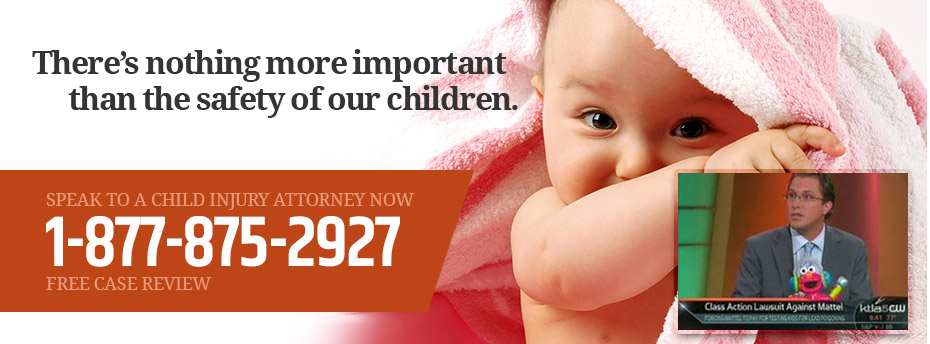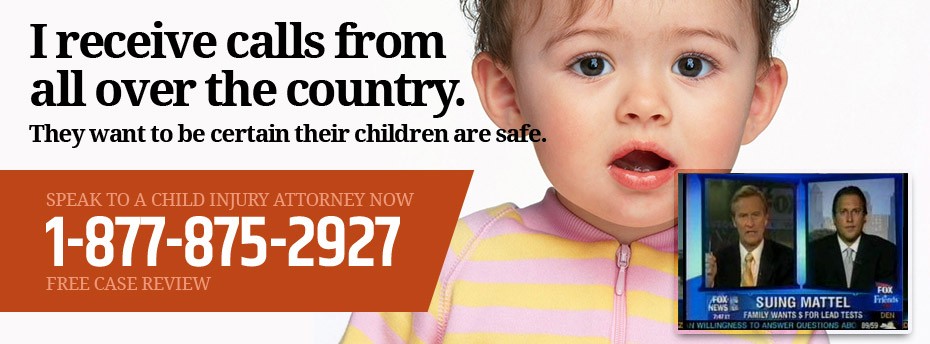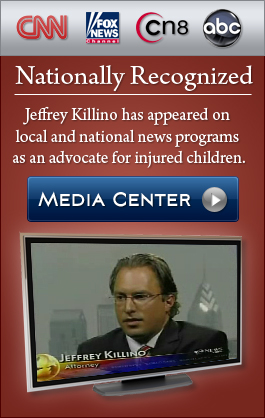Today most parents would not think twice about buckling up their kids in a car seat, not only because of safety reasons, but because the law requires it. In fact, every State in the union requires an infant, toddler or child to be properly secured while riding in a vehicle.
The law known as The U.S. Federal Motor Vehicle Safety Standard (FMVSS) covers all types of child restraints designed for cars. They include everything from seats and harnesses to infant carriers for kids under 65 pounds.
Other specifics of the laws include that a child car seat protect a child’s head in the event of a crash whether actual or simulated. These simulated crash tests must measure how well the child would be protected in various crashes and include both rear and front facing car seats. The simulations look at variables such as how far the head moves forward in a crash as well as the force on a child’s chest. The law also calls for specific padding requirements on car seats based on a child’s weight and how well the padding would hold up under fire.
Testing also means looking at the specifics on the amount of strength and dexterity needed to open buckles on child restraints. This is done so that toddlers will not be able to unbuckle latches on the car seat, but also keeps in mind that the snaps have to be easy enough for adults to dislodge them too.
The law also means that manufacturers of car seats must include registration cards and let consumers know of any recalls that could adversely affect the safety of a child. FMVSS 213 as well as FMVSS 225 basically governs requirements for children weighing up to 50 pounds. These include crash performance, durability, flammability, labeling, and directions. Any car seat should contain verbiage explaining if it meets FMVSS standards or federal regulations.
But these specific requirements for what we now have in modern child car safety seats were a long time in coming. It wasn’t until the 1930s that car designers came up with a serious working model of an infant or child car seat. However, it was more about simply keeping the child in place as opposed to safety before during or after a crash. As a result, children suffered serious consequences because of the lack of proper safeguards.
As technology advanced through the Middle of the 20th century, societal change came with it. Consumers were inundated with gadgets to improve and make our lives better and safe. Americans were inundated with products to add ease and the auto industry was no exception. In the 1960s Swedish engineers developed what became known as the first rear-facing child safety seat. This particular product was specifically manufactured to stop an infant from being hurt or killed in a car crash. The car seats were anything but an immediate hit, and only extremely safety-minded parents and caregivers were the people purchasing these products. In fact many people considered them a novelty and an unneeded expense.
In the years to come, safety advocates went on the offensive. They knew that to save children’s lives in the event of a car accident; they had to convince consumers (namely parents) that a working and credible child car safety device was necessary and much safer than a traditional lap belt, which could actually cause more harm than good.
Consumer advocacy groups, safety seat manufacturers, even doctors and other health professionals came together and showed the general public that safety seats for children were not only practical but needed for keeping their children alive in the event of a crash. Some states started passing laws requiring the use of safety seats for young children. Beginning in the late 1970s through the mid 80s, every state made it illegal not to have a child safely secured in car safety seat. By then, almost half of the populations of kids’ birth to age 4 were traveling in a car safety seat.
Each and every state now mandates child safety seat laws, but each sets their own specific requirements when it comes to height, weight and age as well as the type of safety seat, whether it be a car or booster seat.For example two states, Wyoming and Tennessee, mandate child safety seats or boosters for kids up to eight years old. So it’s important for parents to do some research when it comes to finding out what their particular state requires.
It’s also important to note that any children in the age range of 2 to 5 who are buckled in to traditional car safety belts instead of age appropriate child car safety seats are put into a much more dangerous situation. In fact, they are much more likely to suffer a serious head injury in a car accident than children strapped into safety or booster seats.
Every year, thousands of children are involved in car accidents. Some are killed, while others sustain life-threatening or long term injuries, which can bankrupt a family, both financially and emotionally. Many of these injuries are thankfully prevented by a quality infant, toddler or child safety seat. But as consumers and parents it’s important to know which is the right one for our children. It’s also important to remember that despite quality controls, there have been many instances of child car seats that are defective. In fact recalled or defective child and infant booster and car seats have been the subject of scrutiny for decades.
As defective infant and child car seat attorneys, we can offer you a no-obligation consultation on whether you may file a claim against a child car seat manufacturer.
As knowledgeable infant and child car seat safety lawyers, we are committed to your child’s wellbeing and will do everything possible to get you what you and your child deserve. Attorney Jeffrey Killino’s focus is on keeping kids safe and knows child injuries are very serious and can leave a parent feeling helpless. If you believe your child was injured as a result of a faulty or recalled consumer product please contact child injury attorney Jeffrey Killino at 877-875-2927 today.





